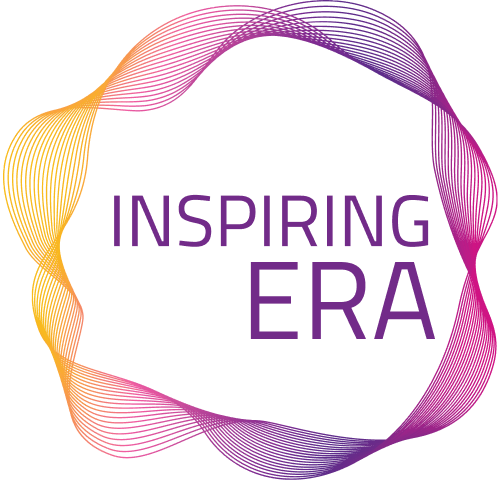Filter
Filter
Filter
Reports
Mutual learning exercise on bridging the gap between science and policy
This Final report summarises the key findings of the Horizon Europe – Policy Support Facility’s Mutual Learning Exercise (MLE) on Bridging the Gap between Science and Policy. Fifteen countries participated in the MLE, exchanging information about national initiatives and approaches used to support and develop evidence-informed policymaking, and to discuss ways to improve national S4P ecosystems. Four key themes – knowledge-sharing, enabling conditions, evaluation and assessment of S4P ecosystems, and trust in S4P – structured the MLE work. This report highlights the key insights generated and recommends areas where action is needed to improve S4P ecosystems and related policies. The report was presented at the SAM 2025 Conference in Vienna.
She Figures 2024
The She Figures publication is the European Commission’s flagship report tracking gender equality in Research and Innovation (R&I) across Europe and beyond. As in previous editions, She Figures 2024 maps the career trajectory of researchers, from higher education to the labour market and into leadership roles. The report highlights persistent gender disparities, particularly in STEM fields like ICT, where women remain significantly underrepresented. These findings echo the Draghi report’s call for a more diverse workforce, as only 9% of inventors are women and 98% of EU research fails to incorporate a gender perspective. Such imbalances threaten Europe’s economic growth and long-term competitiveness.
Trustworthy Public Communications. How communicators can strengthen the future of democracies
This report provides evidence-based insights and recommendations on how public communicators can strengthen the future of democracies by navigating (new) information ecosystems in ways that earn the trust and confidence of citizens. At a time when trust in government is increasingly recognised as important to democracy, the report aims to support institutions in tackling the societal challenges in communication faced around the globe. The report combines state-of-the-art scientific knowledge and insights from experts, new empirical research on the moralisation of policies and values-targeted communication strategies, and input from citizens on this topic to provide practical guidance to policymakers and institutional communications professionals.
Overview of public engagement in research & innovation
This thematic report provides an introductory overview of Public Engagement in Research and Innovation in Europe, as discussed during the first meeting of the Mutual Learning Exercise on Public Engagement in Research and Innovation. Various policies, frameworks, resources, and projects (mainly EU funded) to promote Public Engagement practices are described. The report aims to inspire and help public actors and policymakers to promote and support public engagement. Published April 2024.
Citizen science initiatives: policy and practice
Final Report of the Mutual Learning Exercise on Citizen Science Initiatives, conducted by the European Commission, to identify and promote good practices, experience and lessons learned. The report presents a summary of the learning and recommendations generated throughout the year-long process3 through the lens of the backcasting approach to strategic planning. The Final Report serves as an inspiration, guide and resource for national policy makers and other key actors in the national science landscape.
ERA Monitoring report 2023
This EU-level report is the first 18- months review of the progress towards the priority areas for joint action in the European Research Area (ERA), as laid down in the Pact for Research and Innovation in Europe, and of the implementation of the ERA Policy Agenda. It is part of the new ERA Monitoring Mechanism (EMM) and will serve as a baseline when assessing future progress at EU-level. Published 2023.
Fostering Knowledge Valorisation through Citizen Engagement
This report provides an analysis of citizen engagement for knowledge valorisation practices, drawing on 60 selected case studies from 37 countries, across the EU and internationally. The report describes the benefits of participatory processes and explores key elements for successful valorisation of knowledge and research results with the engagement of citizens. Based on the evidence, it provides possible action points for research and innovation actors for effective participatory practices for knowledge valorisation. Published 2024.

